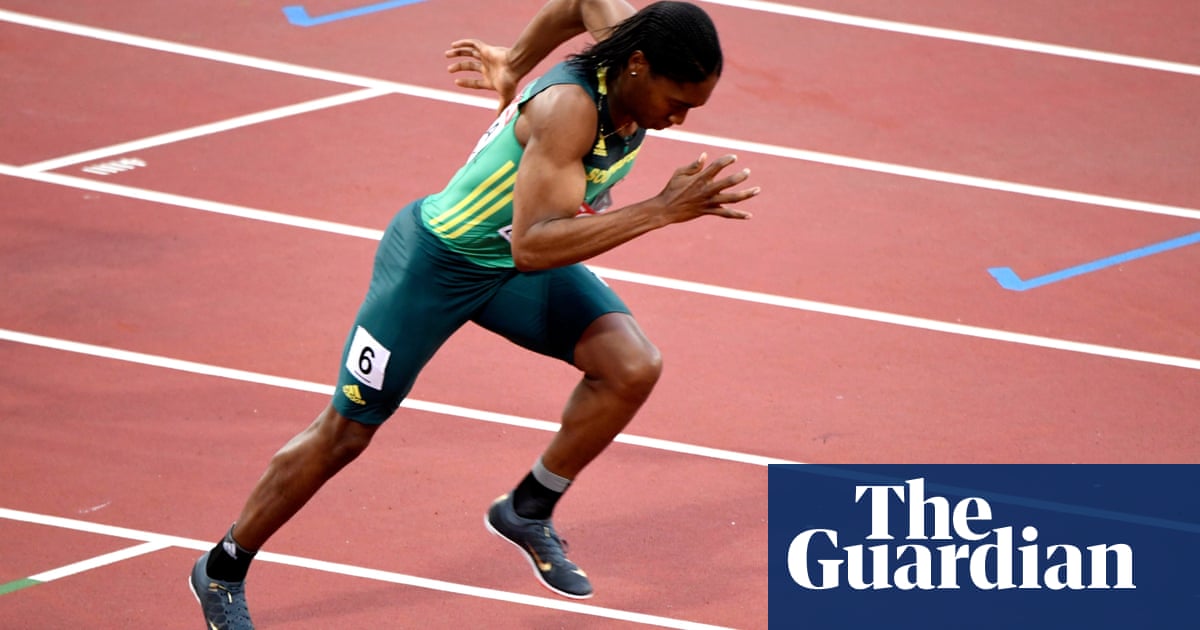
“T
There was speculation surrounding the gender of 18-year-old Caster Semenya after she won a gold medal in the 800m at the 2009 World Championships in Berlin. The media was addressed by the general secretary of the International Association of Athletics Federation (now known as World Athletics), who stated that Semenya was a woman, but possibly not completely.
Semenya has not yet viewed the press conference, stating in her book The Race to Be Myself that she has been aware of it but has no interest in watching it. She has no reason to do so, as it was the beginning of a public campaign of mistreatment and bias by the IAAF that had already begun in private. Prior to the race, officials had put Semenya through two rounds of gender testing, first in Pretoria and then in Berlin.
After the race, the IAAF’s discoveries were made public, causing Semenya to learn about her body for the first time. She had never seen a gynecologist before. Upon reading the news, she realized that there were aspects of her body that she was unaware of. According to reports, she had a vagina but no uterus or fallopian tubes, and her above-average testosterone levels were due to undescended testicles. The IAAF claimed that all of this raised concerns about her eligibility to participate in competitions.
After her initial anger towards the violation of her privacy faded, Semenya felt a sense of relief. She reflects, “On the other hand, the person who leaked the results actually did me a favor. I now understood what was happening with my body.” In her book, Semenya maintains a calm and confident tone as she shares her thoughts. She further expresses, “And now, everyone else was aware as well.” For a long time, Semenya had been aware of her physical differences. However, in her hometown of Ga-Masehlong in South Africa, this was not seen as an issue. She explains, “We acknowledged that I was different, but being different didn’t mean being wrong.” She adds, “I was not the only girl in my village or neighboring villages who was considered ‘tomboyish’.” It was not seen as a problem and these girls were not considered abnormal. They would eventually grow up, get married, and have children with men or not. That was just how life was.
Semenya was born in 1991, the year before South African athletes were permitted by the IAAF to compete in international events following the elimination of apartheid. She explicitly links the scrutiny of her gender to larger issues of racism. In her words, “It was no longer just about gender, but also about race. White individuals were dictating to us Africans what we were and were not based solely on our appearance – the same oppressive practices and violations of human rights that occurred during apartheid.” Semenya expresses these thoughts in her writing.
The title “The Race to Be Myself” suggests a journey of self-discovery, but Semenya never expresses any doubts about her identity as a woman or an athlete. Instead, the race she is describing is one against time, as she tries to navigate the constantly changing criteria set by the IAAF regarding the eligibility of women with “differences of sexual development” to compete. In her own career, Semenya chose to undergo intense estrogen treatment in order to lower her testosterone levels to meet the IAAF’s standards. This medication had significant physical and psychological side effects, but it did not prevent her from continuing to run and win multiple times. Unfortunately, other young elite athletes who underwent gonadectomies disappeared entirely from the field.
Who is responsible for determining the gender categories in sports competitions and what is their ultimate goal? The methods and science used to make these determinations are highly debated and flawed. Earlier this year, Semenya successfully sued the IAAF for discrimination in the European court of human rights. However, the testosterone regulations that ended her athletic career are still in place. Constantly accused of “cheating” by the IAAF, Semenya argues convincingly that it was actually the other way around: “They were the ones who cheated me. They robbed me of my youth and almost took away my sanity and physical health.”
Source: theguardian.com


